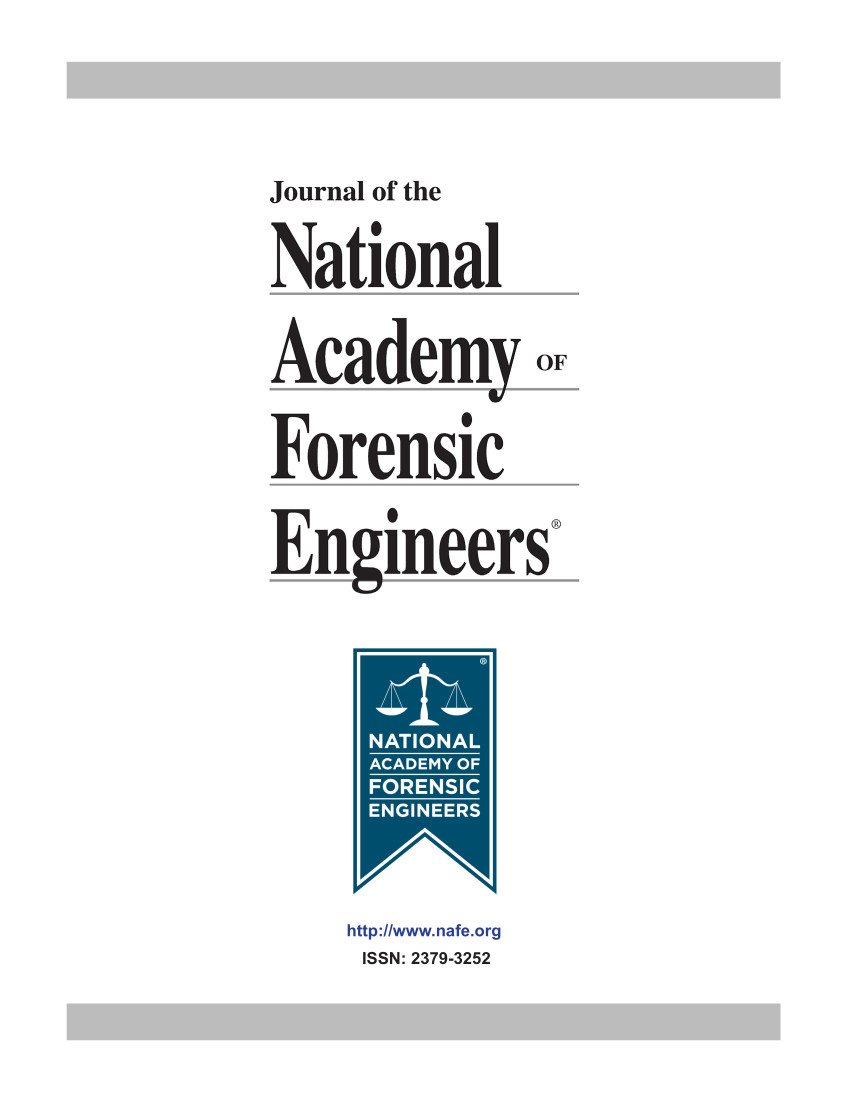Forensic Engineering Review Of Forklift Truck Back-Up Visibility
DOI:
https://doi.org/10.51501/jotnafe.v20i1.613Keywords:
Forklift, visibilityAbstract
There Are A Number Of Blind Spots On Any Vehicle, Primarily On Both Sides And To The Rear. Additionally, All Vehicles Have Blind Spots To Some Degree When Traveling In Reverse; The Larger The Vehicle, The Larger The Blind Spot. Large Forklift Trucks (Flts) Typically Travel In Reverse (Forks Trailing) Often As Much As Half The Time Largely Due To The Obstruction Of Forward Visibility Caused By The Load On The Fork. Also, Traveling On Ramps And Setting A Delivered Load Require The Flt To Travel In Reverse. Frequent Flt Reverse Travel Poses Problems For The Operator Who, When Attempting To Look To His Rear By Turning His Head And/Or Upper Body, Can Suffer Back And Neck Strain And Fatigue. Traveling In The Forks Trailing Direction Creates A Situation Of A Large Blind Spot Behind The Drivers Now Rotated Head And Upper Body. A Case Study Is Presented Of An Accident That Involved Backing Up A Large (52,000 Pound Capacity) Flt. This Vehicle Was Equipped With Mirrors, A Constant- Sound-Level Back-Up Beeper And A Flashing Beacon. Despite These Safety Features, The Injured Party Failed To See The Oncoming Flt, Nor Did The Driver See Him Due To The Blind Spot. The Commonly Accepted Back-Up Warning Systems, Which Include Mirrors, Beacons And Beepers, Are Shown To Be Often Inadequate During Accidents Involving Blind Spots That Occur While Driving In Reverse.Published
2003-01-01
How to Cite
Josephs, Harold. 2003. “Forensic Engineering Review Of Forklift Truck Back-Up Visibility”. Journal of the National Academy of Forensic Engineers 20 (1). https://doi.org/10.51501/jotnafe.v20i1.613.
Issue
Section
Articles
License
Copyright (c) 2003 National Academy of Forensic Engineers

This work is licensed under a Creative Commons Attribution-NoDerivatives 4.0 International License.
All rights © Journal of the National Academy of Forensic Engineers.
Full statement regarding the author's license of copyright to the NAFE is shown on the Copyright section of the Submissions Page.






